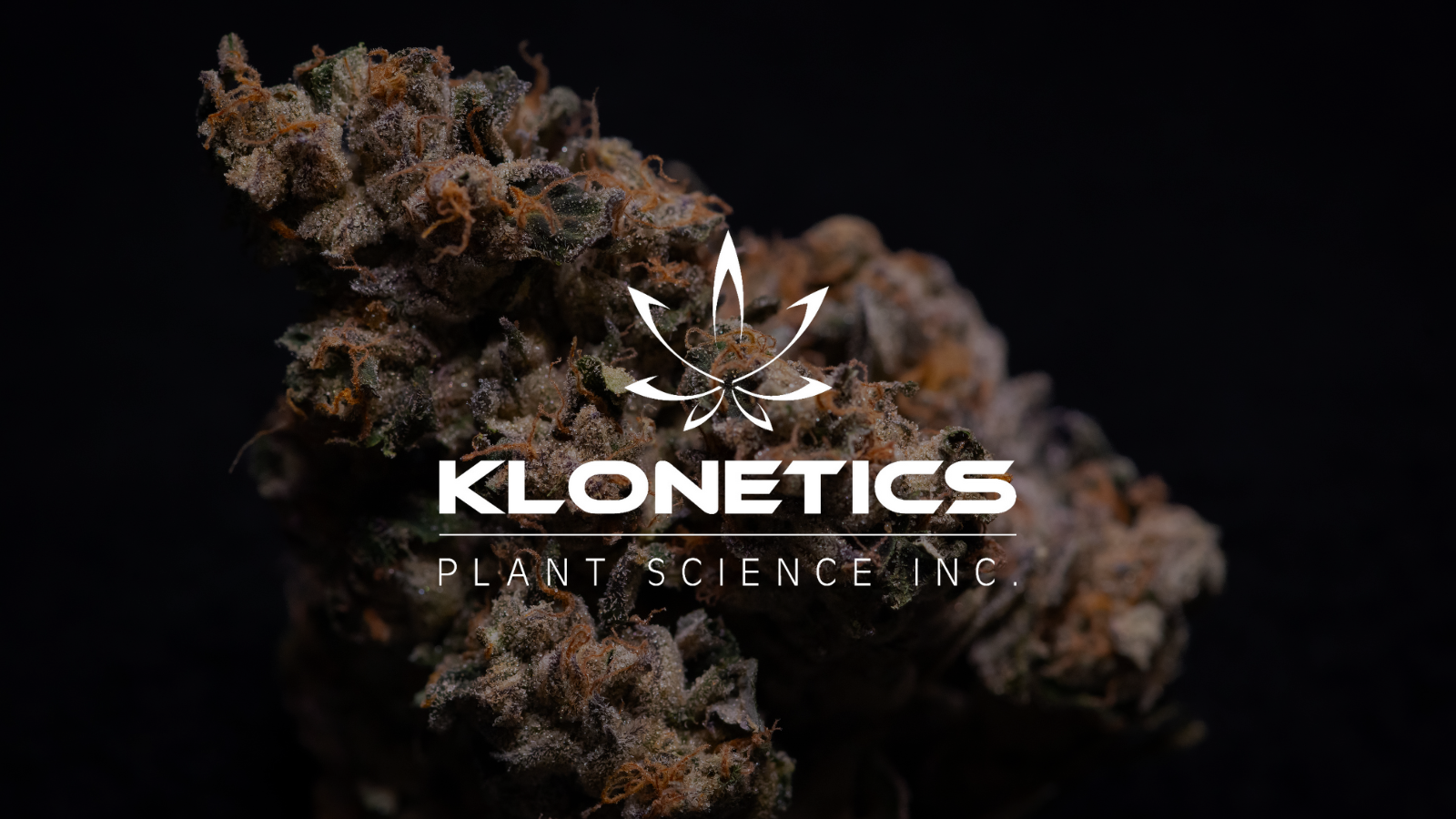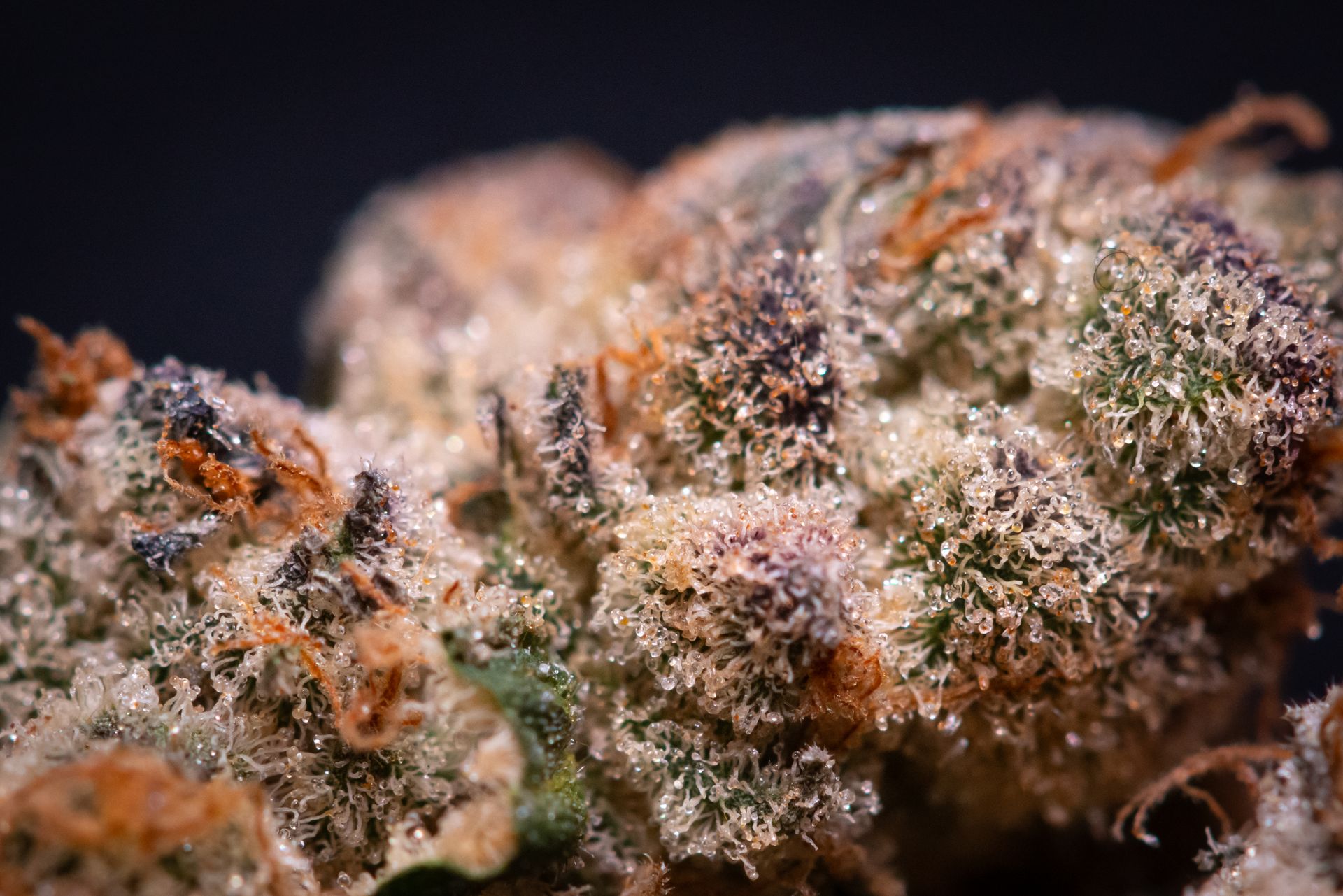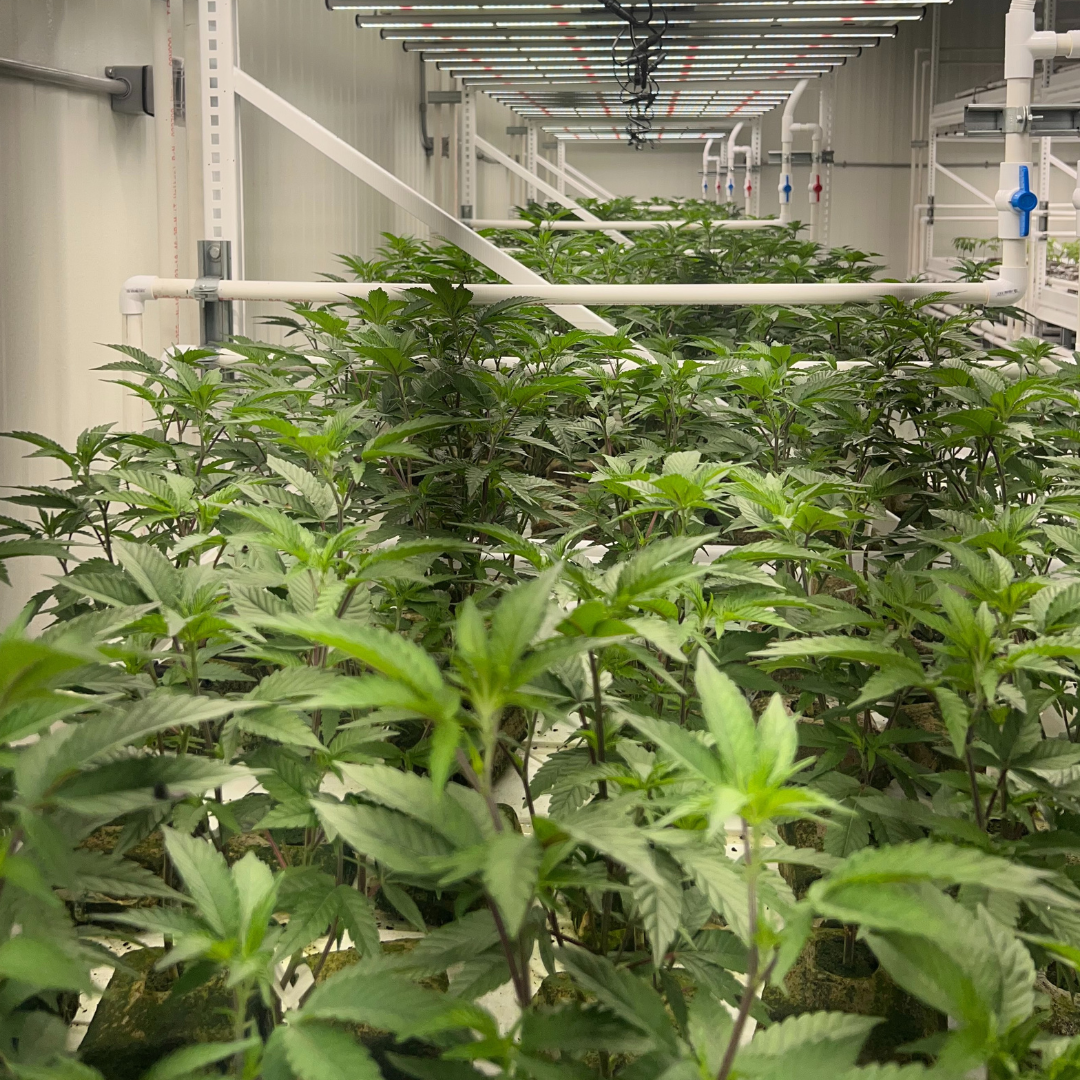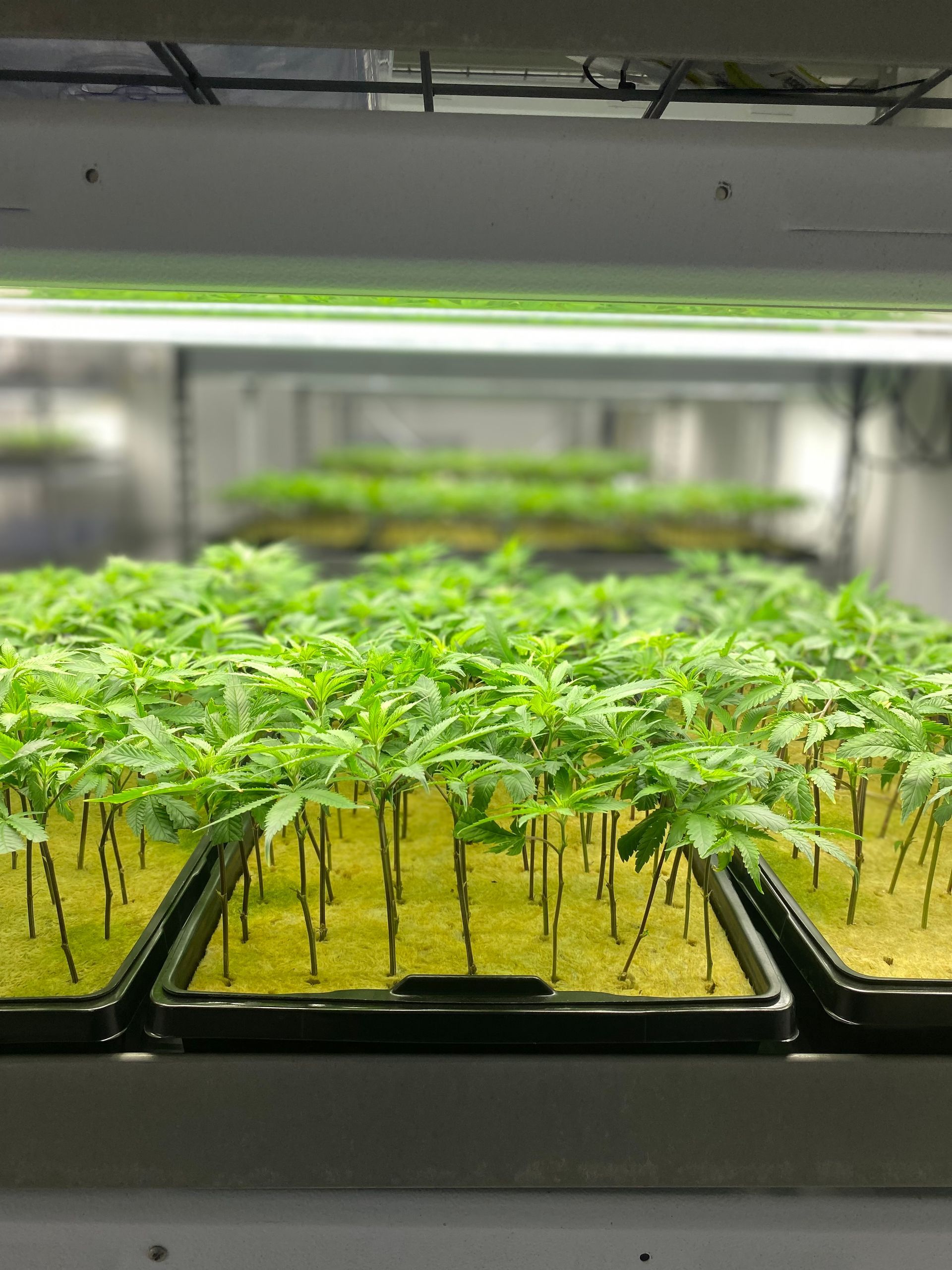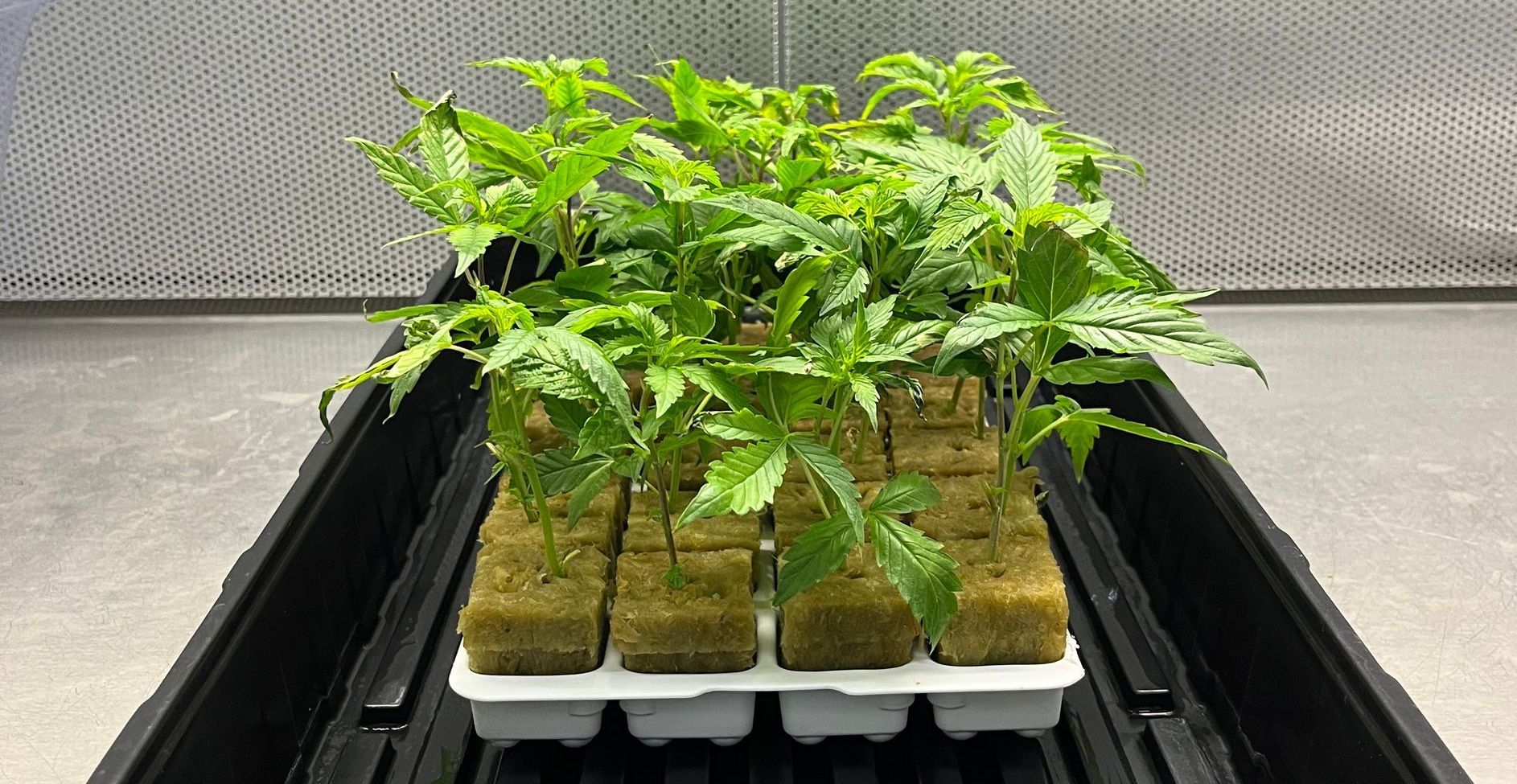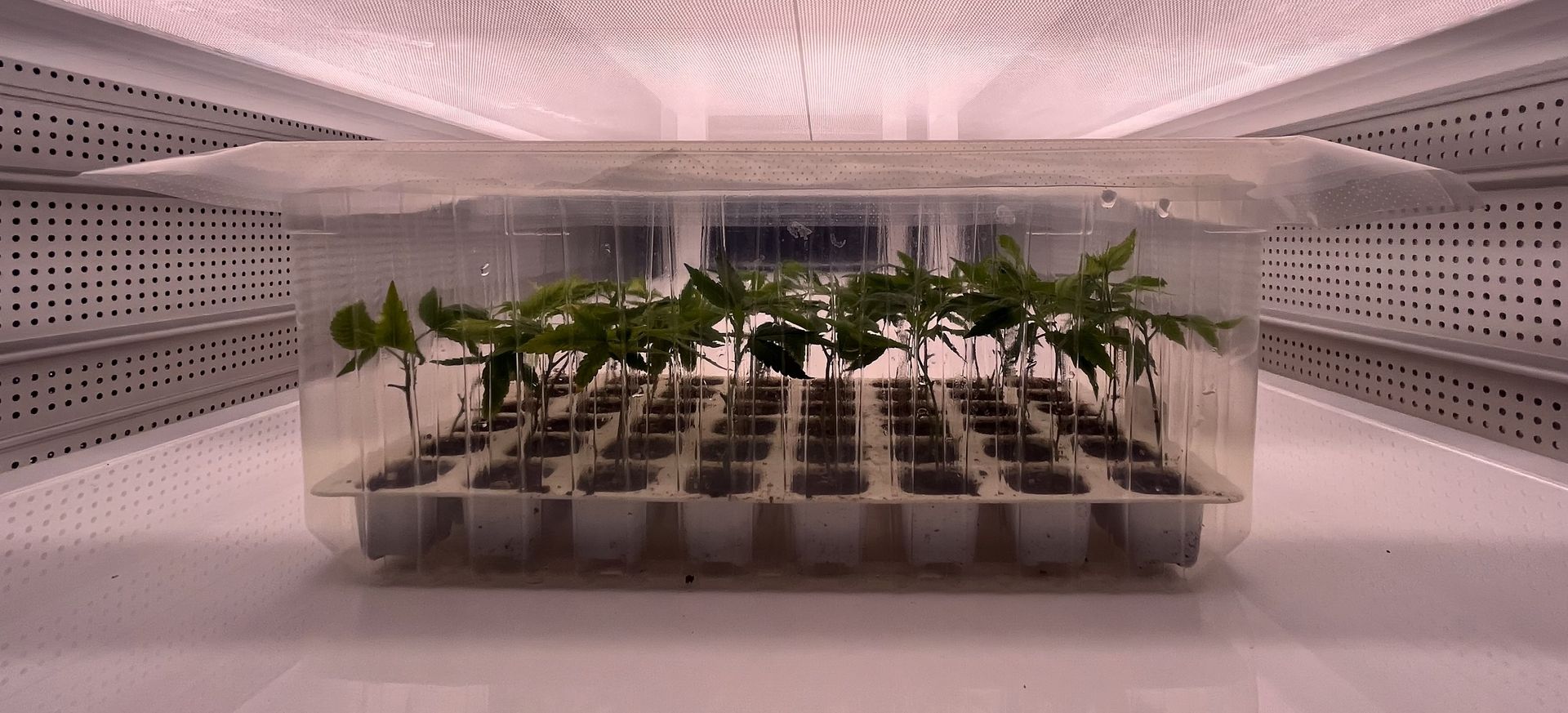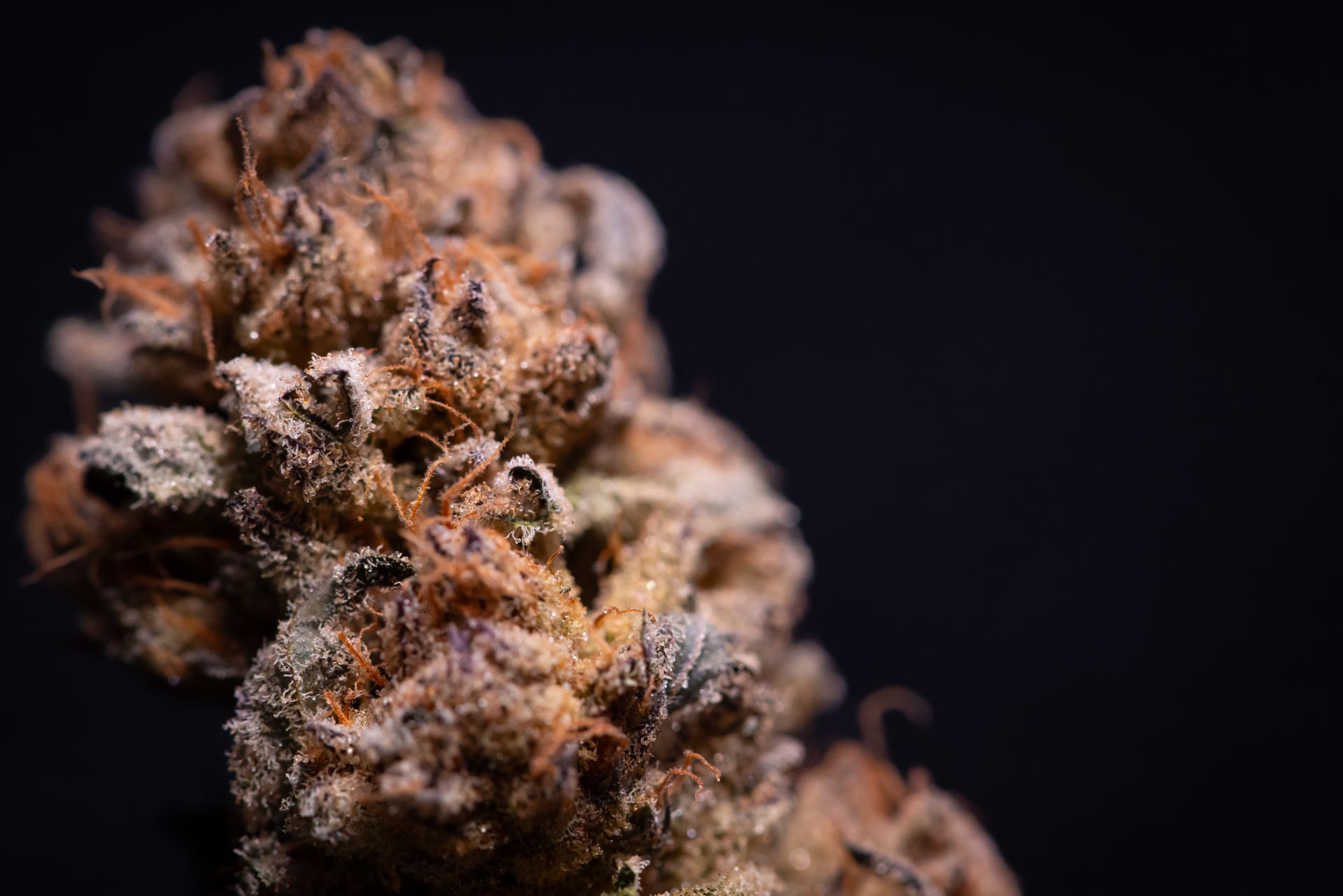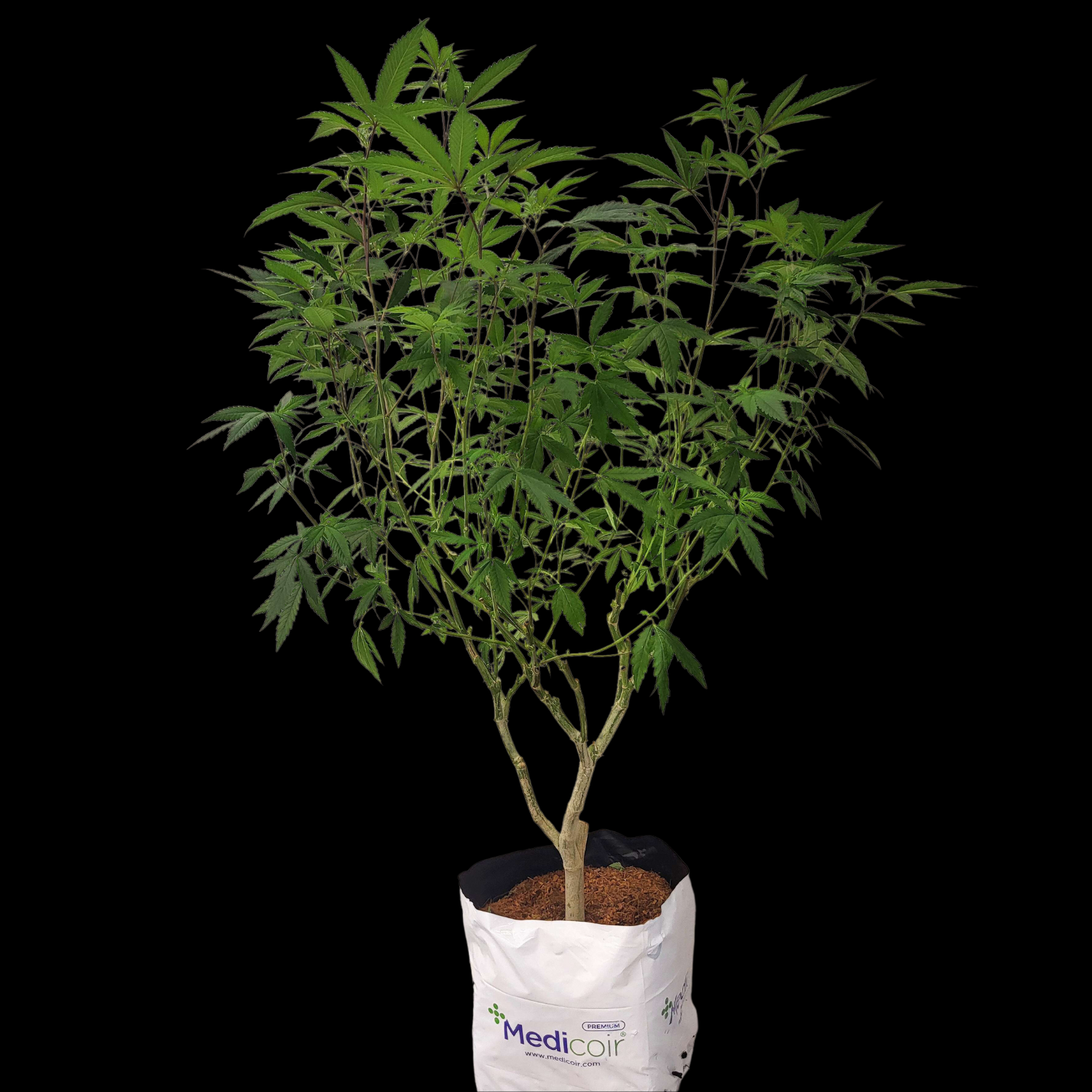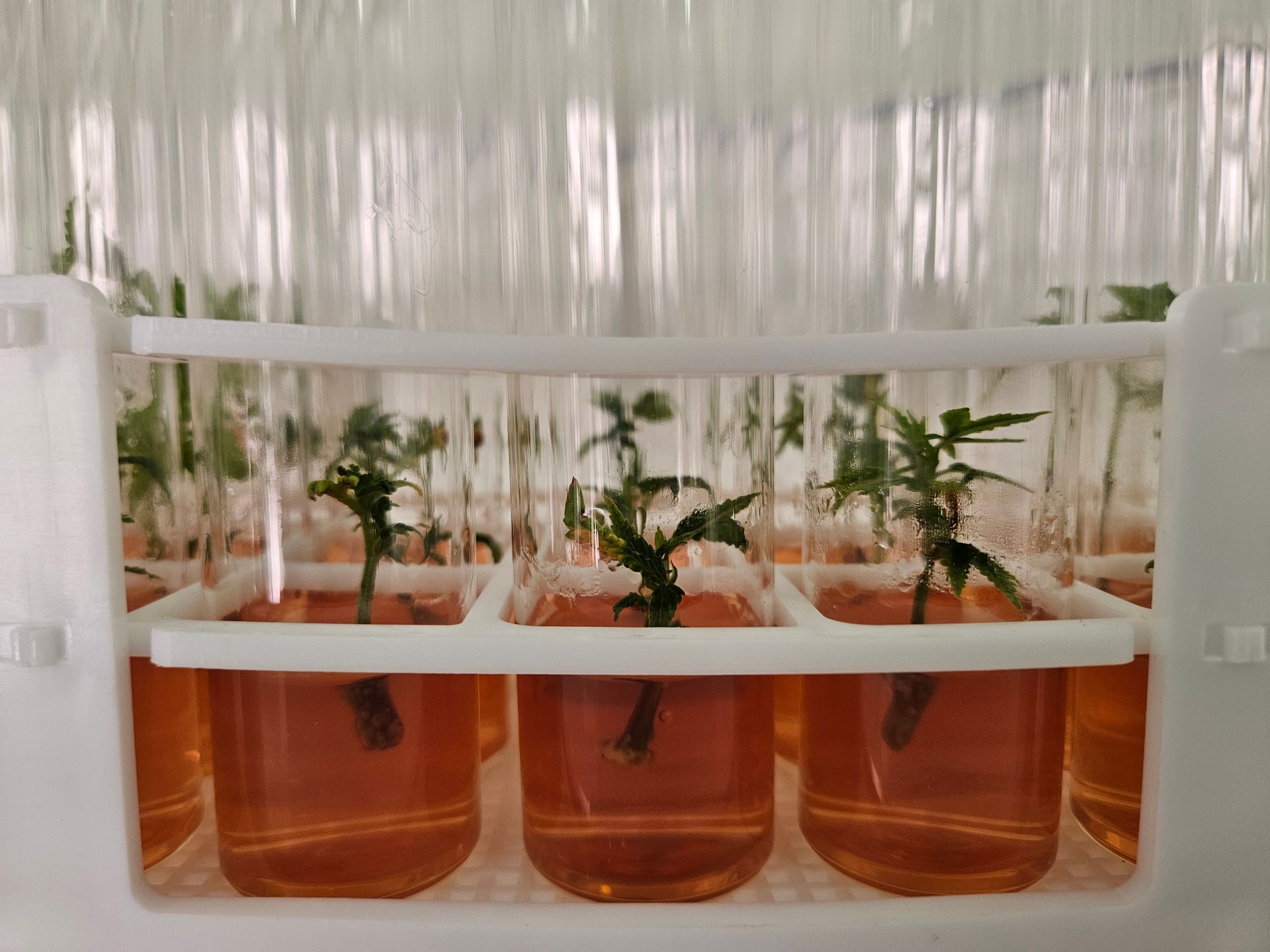The Science Behind Cannabis Tissue Culture and Micropropagation
As the cannabis industry continues to grow, cultivators are looking for advanced methods to produce consistent, high-quality plants.

One such technique that has gained prominence is cannabis tissue culture—a type of micropropagation that allows growers to replicate cannabis plants under controlled conditions. This process not only helps preserve specific genetic traits but also ensures the production of disease-free plants, making it an invaluable tool for commercial cultivators aiming to scale up efficiently and maintain consistency across crops.
This article explores the science behind cannabis micropropagation, explaining the techniques, necessary lab conditions, and the importance of sterility and nutrient optimization for successful propagation.
Micropropagation Techniques for Cannabis
Micropropagation refers to the process of producing new plants from small tissue samples under sterile conditions. By cultivating these tissues in a lab environment, growers can control the conditions that influence the plant’s growth. In cannabis, micropropagation techniques typically involve a few different methods, each serving specific propagation goals.
Meristem Culture: Meristem culture is one of the most popular methods for cannabis tissue culture propagation. It involves extracting the meristematic tissue—found in the plant’s growth tips—and growing it in a controlled environment. Since the meristem is less likely to harbor pathogens, this technique produces disease-free cannabis plants.
Callus Culture: In this technique, a piece of cannabis tissue is induced to form a callus—a cluster of undifferentiated cells. The callus serves as a base from which new plant tissue can develop. This is especially useful for preserving genetic material or generating new plants with desirable traits.
Suspension Culture: In suspension culture, cells are suspended in a liquid medium, promoting rapid cell division and growth. This method is often used in research and breeding programs rather than commercial cultivation, but it provides valuable insights into cannabis plant tissue culture.
Organogenesis and Somatic Embryogenesis: These techniques focus on regenerating new plants from specific tissues, such as leaves or roots, by promoting the development of organs (organogenesis) or embryos (somatic embryogenesis). This approach allows for precise control over the development of the plantlets.
To explore how Klonetics is implementing these techniques in our lab, visit our Lab Services Page on Klonetics.com.
The Importance of Sterility and the Lab Environment
Maintaining a sterile environment is crucial in cannabis micropropagation, as even a small contamination can ruin an entire culture. The lab environment must be carefully monitored, and specific protocols must be followed to ensure successful propagation. Here are some key elements involved in creating a sterile environment:
- Sterilization of Equipment: Every piece of equipment used in the process, from petri dishes to scalpels, must be thoroughly sterilized. Autoclaves are often used to steam-sterilize tools, while alcohol and disinfectants are used to clean surfaces.
- Sterilization of Media: The nutrient media that cannabis explants are grown in must be sterile to avoid introducing contaminants. Culture media is typically sterilized using an autoclave, which ensures that all bacteria and fungi are destroyed before the tissue culture begins.
- Use of Laminar Flow Hoods: Laminar flow hoods provide a sterile environment by directing filtered air over the work surface. These hoods prevent airborne contaminants from coming into contact with the tissue cultures, making them a staple in any tissue culture lab.
- Personnel Hygiene: Technicians working with cannabis tissue culture must follow strict hygiene protocols, including wearing gloves, lab coats, and sometimes masks to prevent the introduction of contaminants.
- Regular Monitoring: Even with stringent protocols, it's essential to regularly monitor cultures for signs of contamination. Frequent checks ensure that any issues are detected early, minimizing losses.
The sterile environment is critical not only for producing disease-free cannabis plants but also for ensuring consistency in cannabis products, which is increasingly important as the industry faces more regulation. To learn more about lab requirements and techniques, you can refer to resources like the National Institute of Health (NIH).
Stages of Cannabis Tissue Culture
The cannabis tissue culture process is multi-phased, and each stage requires specific nutrients, growth regulators, and environmental conditions. Understanding these stages can help cultivators optimize the micropropagation process for better results:
Stage 1 – Initiation: The initial stage begins with selecting a small piece of the plant, known as an explant, which is sterilized and placed on a nutrient-rich medium. This medium contains essential vitamins, minerals, and hormones to encourage cell division.
Stage 2 – Multiplication: During the multiplication phase, the tissue is encouraged to grow and develop into multiple shoots. Growth regulators like cytokinins are added to the medium to promote shoot formation. This phase is essential for creating a large number of identical plantlets from a single explant.
Stage 3 – Rooting: Root development is promoted by adding auxins to the medium, which stimulates root formation. This stage is crucial for preparing the plantlets for eventual transplantation into soil or another growing medium.
Stage 4 – Acclimatization: Once roots have developed, the plantlets are acclimated to non-sterile conditions, preparing them for transfer to a traditional growing environment. During acclimatization, the plants are gradually exposed to normal light, temperature, and humidity conditions.
Each stage requires specific adjustments to the growth medium, light levels, temperature, and humidity to ensure successful propagation. At Klonetics, our lab technicians are experts in adjusting these variables to optimize each stage of the cannabis micropropagation process.
Visit our Solutions Page on Klonetics.com to learn more about our approach.
Essential Nutrients and Growth Regulators in Cannabis Tissue Culture
The nutrient medium used in cannabis plant tissue culture contains a precise blend of elements that promote healthy growth. Here are the key components commonly found in tissue culture media:
- Macronutrients and Micronutrients: Macronutrients like nitrogen, potassium, and phosphorus are essential for overall plant health. Micronutrients, such as zinc and iron, are added in smaller quantities but play vital roles in cellular functions and enzyme activation.
- Vitamins: Certain vitamins, such as B1 (thiamine), B6 (pyridoxine), and B3 (niacin), support various biochemical processes within the plant cells, promoting healthy growth and development.
- Carbohydrates: Sucrose is often included in the medium as an energy source, providing the plant tissue with the carbohydrates needed for growth.
- Plant Growth Regulators: Cannabis tissue culture techniques utilize various hormones to control plant growth. Cytokinins encourage shoot formation, auxins promote root growth, and gibberellins influence cell elongation. The specific ratios and concentrations of these hormones depend on the desired outcome at each stage of the process.
By carefully selecting and adjusting the growth regulators, cannabis cultivators can optimize the tissue culture process to produce healthier, more uniform plants. For more information on plant nutrients and hormones, visit the American Society for Plant Biologists.
The Role of Lab Equipment in Cannabis Micropropagation
Specialized equipment is essential for conducting cannabis micropropagation effectively. Key equipment used in cannabis plant tissue culture labs includes:
- Autoclaves: For sterilizing tools and media, autoclaves are used to apply high-pressure steam, ensuring all contaminants are destroyed.
- Laminar Flow Hoods: These workspaces maintain a sterile environment by filtering air, preventing airborne contaminants from entering the culture area.
- Growth Chambers: Growth chambers allow technicians to control temperature, humidity, and light conditions. This enables precise manipulation of the environment to suit each stage of tissue culture.
- Microscopes: Microscopes are used for closely observing cell development and ensuring the cultures remain free of contamination.
- pH Meters and Conductivity Meters: These devices are used to monitor the pH and electrical conductivity of the growth medium, ensuring it remains suitable for plant growth.
Each piece of equipment plays a crucial role in maintaining the sterile environment required for successful cannabis tissue culture and ensuring that plants develop optimally throughout the process.
Frequently Asked Questions (FAQ)
1. What are the main benefits of cannabis micropropagation?
Cannabis micropropagation offers multiple benefits, including the ability to produce disease-free plants, preserve genetic traits, and achieve uniformity. It is particularly valuable for commercial cannabis operations that need to maintain consistent quality.
2. How is tissue culture different from traditional cloning?
Traditional cloning involves taking cuttings from a mature plant and rooting them in soil or water. Cannabis tissue culture, however, is performed under sterile lab conditions, where plant cells or tissues are cultivated on nutrient-rich media. Tissue culture provides more control over the process and reduces the risk of introducing diseases.
3. What nutrients are essential in cannabis tissue culture?
The nutrient medium used in cannabis plant tissue culture contains macronutrients, micronutrients, vitamins, and carbohydrates. Growth regulators like cytokinins and auxins are also included to control the plant's development at each stage.
4. What challenges are associated with cannabis tissue culture?
Challenges include maintaining sterility, the cost of lab equipment, and the need for skilled technicians. However, the benefits—such as improved yields, genetic preservation, and consistent quality—make cannabis tissue culture a worthwhile investment for commercial growers.
5. Can all cannabis strains be propagated through tissue culture?
Most cannabis strains can be propagated through tissue culture, though some may require specific adjustments in the growth medium or environmental conditions. Each strain may respond differently, so experienced lab technicians can optimize the process based on the strain's needs.
External References:


